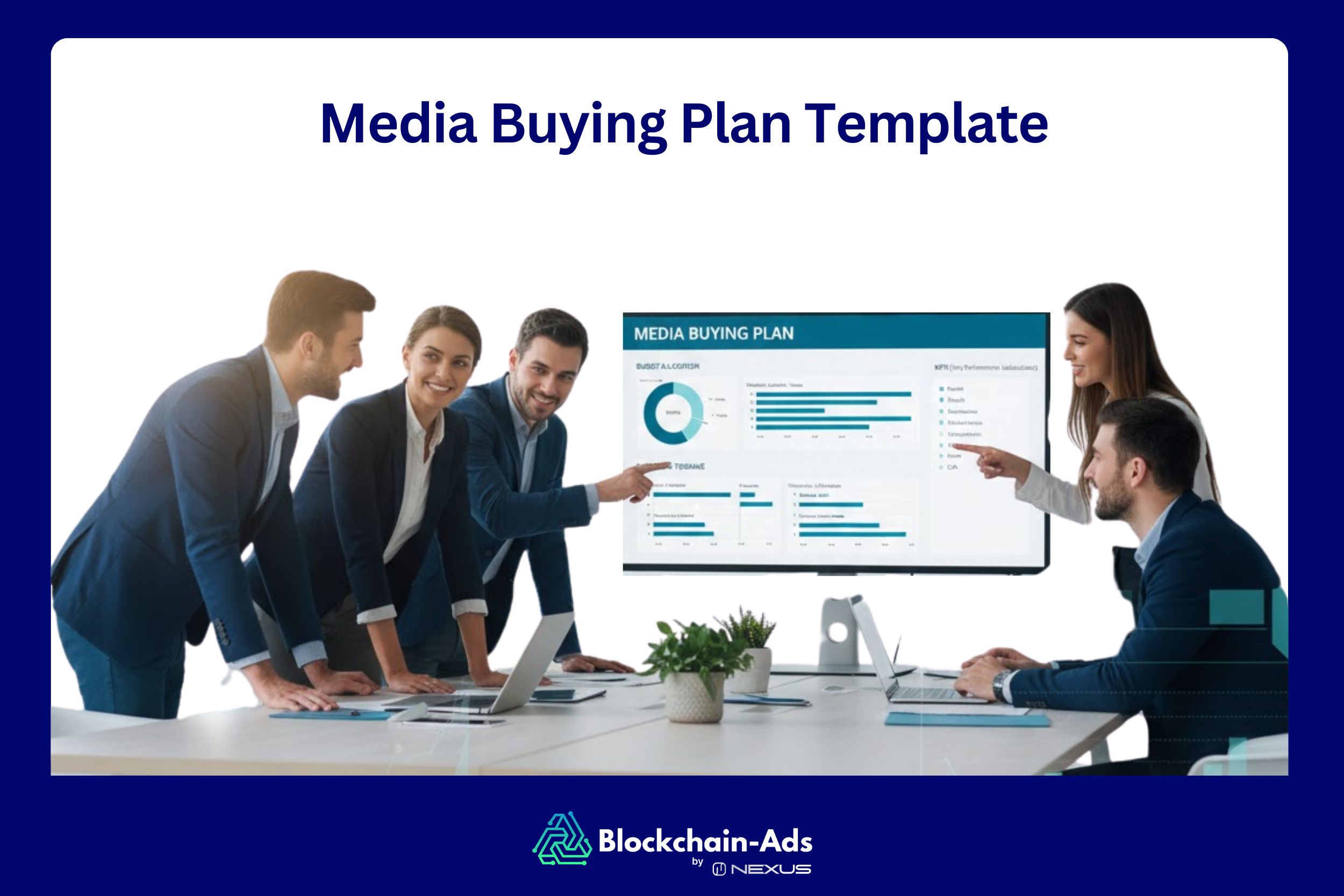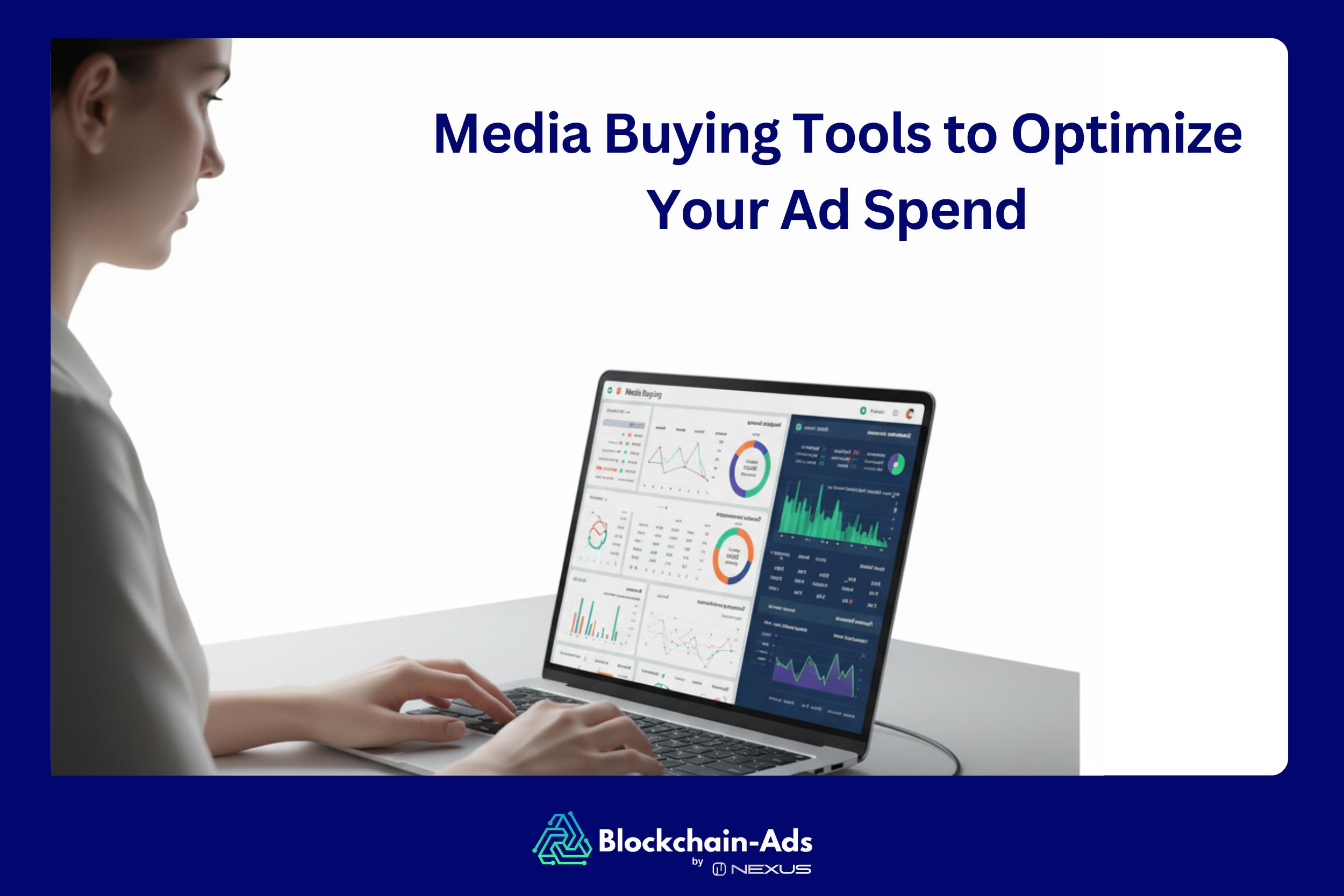Google Ads vs Meta Ads : Quelle Plateforme Offre un Meilleur ROAS en 2025 ?
Rubrique
- Cointelegraph Formula propose différents formats publicitaires à 8 millions de lecteurs mensuels dans plus de 190 pays, en tirant parti de son nom de confiance en matière de cryptographie.
Le choix entre Google Ads et Meta Ads représente une décision stratégique majeure dans votre stratégie marketing digital. Cette sélection peut considérablement influencer les performances et le retour sur investissement de vos campagnes publicitaires.
Chaque plateforme s'adresse à des audiences distinctes, propose des outils de ciblage spécialisés et prend en charge une gamme variée de formats publicitaires, notamment :
- Annonces de recherche
- Annonces display
- Annonces vidéo
- Annonces carrousel
Voici un tableau comparatif synthétique des plateformes :
Google Ads excelle pour atteindre les utilisateurs qui recherchent activement un produit ou service spécifique. Meta Ads, quant à lui, se distingue dans la construction de notoriété de marque et l'engagement des utilisateurs selon leurs centres d'intérêt et comportements.
Google Ads et Meta Ads sont tous deux efficaces et figurent en tête de notre liste des meilleures plateformes publicitaires. Cependant, ils possèdent des forces distinctes, et comprendre leurs différences s'avère crucial lors de l'exploration de nouveaux canaux d'acquisition ou de l'optimisation du ROAS.
Ce guide analyse en détail les différences substantielles entre Google Ads et Meta Ads concernant :
- La portée
- L'intention utilisateur
- Les modèles d'enchères
- L'analytique
- La flexibilité créative
- L'efficacité des coûts
Utilisez ces informations pour déterminer quelle plateforme correspond véritablement à vos objectifs stratégiques.
Google Ads vs Meta Ads : Comparaison de l'Audience et de la Portée
Comprendre les différences d'audience et de portée entre Google Ads et Meta Ads constitue un élément fondamental pour optimiser tout budget publicitaire. Chaque plateforme établit des connexions uniques avec ses utilisateurs.
Examinons leurs audiences principales, leurs méthodes de ciblage et les spécificités de leur portée respective.
Cette analyse révèle les différences fondamentales entre les deux plateformes en termes d'audience et de portée.
Google Ads se distingue par sa capacité à atteindre les utilisateurs ayant des besoins immédiats, recherchant activement des solutions spécifiques. Meta Ads excelle dans la création de demande et de notoriété de marque via la navigation basée sur les centres d'intérêt.
Google Ads vs Meta Ads : Comparaison des Coûts et Modèles Tarifaires
Pour maximiser le rendement de votre budget publicitaire, une compréhension approfondie des structures de coûts et modèles tarifaires de Google Ads et Meta Ads s'avère indispensable. Cette connaissance constitue la clé de l'optimisation de votre ROAS.
Bien que toutes les plateformes utilisent des systèmes d'enchères, leurs mécanismes de tarification et d'enchères diffèrent considérablement.
Analysons en détail les modèles tarifaires de Google Ads et Meta Ads pour optimiser votre retour sur investissement publicitaire.
L'évaluation des coûts publicitaires doit se concentrer sur la valeur obtenue par rapport aux dépenses engagées. Google Ads fonctionne principalement selon un modèle de paiement par clic (PPC), où les coûts dépendent de l'intensité concurrentielle des mots-clés.
Meta Ads utilise également le PPC, tout en offrant une flexibilité supplémentaire avec le coût pour mille impressions (CPM) et le coût par action (CPA). Ces tarifs fluctuent selon la concurrence pour l'audience ciblée.
Google Ads vs Meta Ads : Comparaison des Formats Publicitaires Pris en Charge
Le type de format publicitaire détermine la perception et l'impact de votre message auprès des utilisateurs. Chaque plateforme propose des formats uniques adaptés à son environnement et à son audience. Cette comparaison présente les principaux formats publicitaires de Google Ads et Meta Ads.
Google Ads excelle dans l'approche directe des utilisateurs via les annonces textuelles sur la recherche. Il offre également une exposition étendue grâce aux annonces visuelles et vidéo sur son réseau display. Pour l'e-commerce, les annonces Shopping sont disponibles.
Meta Ads privilégie le storytelling visuel avec des annonces images et vidéo engageantes qui s'intègrent naturellement dans les fils sociaux. Des formats interactifs comme le Carrousel et l'Instant Experience enrichissent l'expérience utilisateur.
Découvrez d'autres formats publicitaires non proposés par Google et Meta Ads.
Google Ads vs Meta Ads : Comparaison des Fonctionnalités d'Analytique et de Reporting
Une publicité efficace repose sur des rapports robustes qui identifient les éléments performants. Chaque plateforme propose des outils analytiques distincts.
Comparons leurs fonctionnalités de reporting intégrées et leurs intégrations tierces. Ces fonctionnalités constituent la clé de l'optimisation des campagnes.
Toutes les plateformes proposent leurs propres tableaux de bord intégrés et fonctionnalités de suivi. Google Ads fournit des rapports détaillés sur les clics et conversions, démontrant le retour sur investissement direct des termes de recherche. Meta Ads offre des tableaux de bord performants pour les métriques d'engagement et de construction de marque.
Google Ads vs Meta Ads : Comparaison des Intégrations Tierces
Les intégrations tierces facilitent la connexion des campagnes publicitaires avec les outils d'analytique, systèmes CRM, plateformes d'attribution et workflows d'automatisation. Google et Meta s'intègrent efficacement dans leurs écosystèmes respectifs ainsi qu'avec d'autres outils tiers. Voici les intégrations de chaque plateforme :
Google Ads : Intégrations
- Google Analytics (GA/GA4)
- Google Tag Manager
- Firebase
- Salesforce
- HubSpot
- Zapier
Ces outils se connectent facilement avec Google Ads, permettant le suivi des conversions, la mise à jour des CRM et le support du reciblage basé sur les événements.
Meta Ads : Intégrations
- Meta Pixel + Conversions API
- Shopify
- WooCommerce
- Google Analytics (via UTM)
- Zapier
- Mailchimp
Conçu spécifiquement pour l'e-commerce et le suivi des conversions sociales, particulièrement via Facebook Shops et Instagram Checkout.
Google Ads vs Meta Ads : Comprendre le Fonctionnement de Chaque Plateforme
Google Ads et Meta Ads représentent deux des plateformes publicitaires digitales les plus importantes en 2025. Chacune connecte les annonceurs aux utilisateurs via une combinaison de ciblage, d'automatisation et de placements média, mais leurs mécanismes sous-jacents diffèrent.
Les plateformes publicitaires fonctionnent généralement selon un flux à trois composantes :
- Création Publicitaire : où les annonceurs définissent budgets, créatifs et objectifs
- Correspondance d'Audience : où les algorithmes diffusent les annonces aux segments d'utilisateurs sélectionnés
- Suivi des Performances : où les résultats comme les clics, installations ou conversions sont mesurés
Examinons la nature et le fonctionnement de chaque plateforme leader.
Qu'est-ce que Google Ads ?
Google Ads constitue la plateforme publicitaire digitale de Google. Elle permet aux entreprises de diffuser des annonces sur divers canaux, notamment :
- Recherche Google
- YouTube
- Gmail
- Maps
- Un vaste Réseau Display de sites web et applications tiers
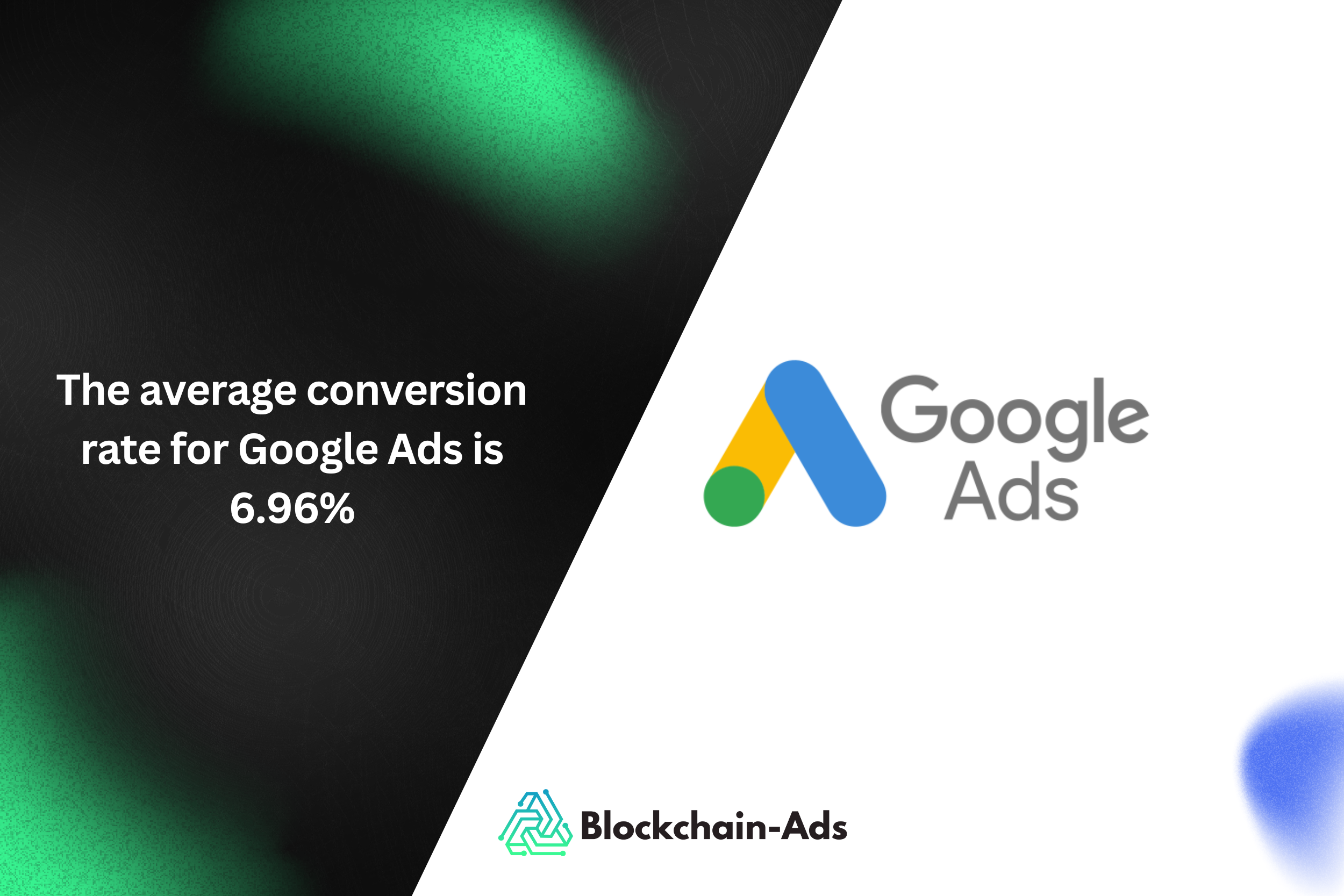
Google Ads fonctionne selon un système d'enchères utilisant les modèles suivants :
- CPC (Coût Par Clic)
- CPM (Coût Pour Mille impressions)
- CPA (Coût Par Action)
Qu'est-ce que Meta Ads ?
Meta Ads représente la plateforme publicitaire de Meta. Elle diffuse des annonces ciblées sur :
- Messenger
- Audience Network
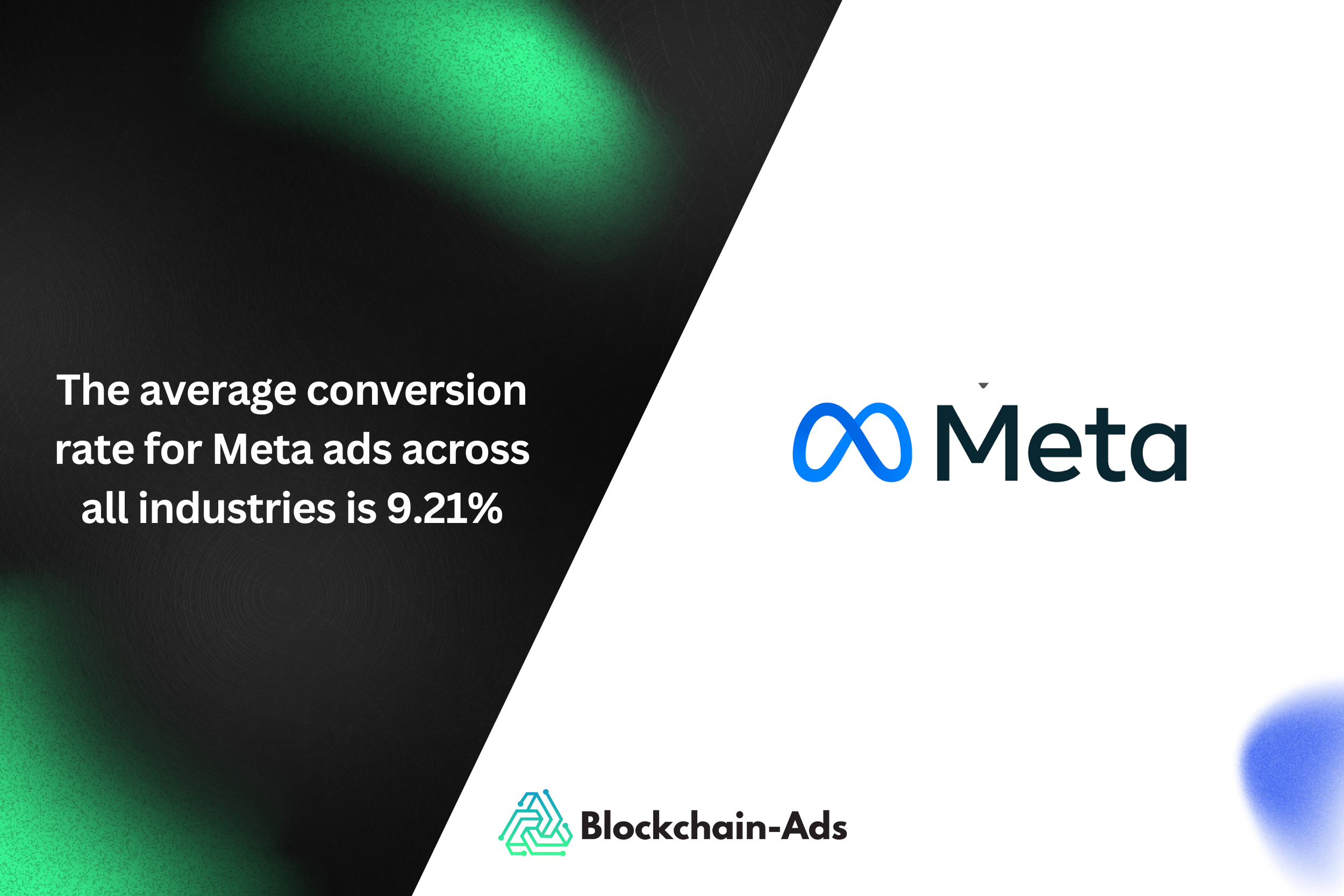
Meta Ads fonctionne selon un système d'enchères en temps réel. Il permet aux entreprises d'atteindre les utilisateurs selon :
- Centres d'intérêt
- Comportements
- Démographie
- Engagement sur les applications Meta
Quelles sont les Similitudes entre Google Ads et Meta Ads ?
Malgré leurs écosystèmes différents, les deux plateformes offrent des fonctionnalités principales alignées sur les standards modernes de la publicité digitale.
- Toutes supportent les enchères en temps réel et la diffusion programmatique
- Google et Meta offrent une portée générale massive mais avec des restrictions industrielles et géographiques strictes
- Chacune propose des modèles tarifaires CPC, CPM et CPA
- Toutes fournissent des outils de segmentation d'audience et de reciblage
- Chaque plateforme inclut ses propres analytiques et suivi des conversions
- Toutes permettent l'optimisation automatisée basée sur les objectifs de campagne
Quelles sont les Différences entre Google Ads et Meta Ads ?
Bien que les deux plateformes offrent une publicité puissante, leurs approches principales et audiences cibles créent des différences distinctes cruciales pour les annonceurs.
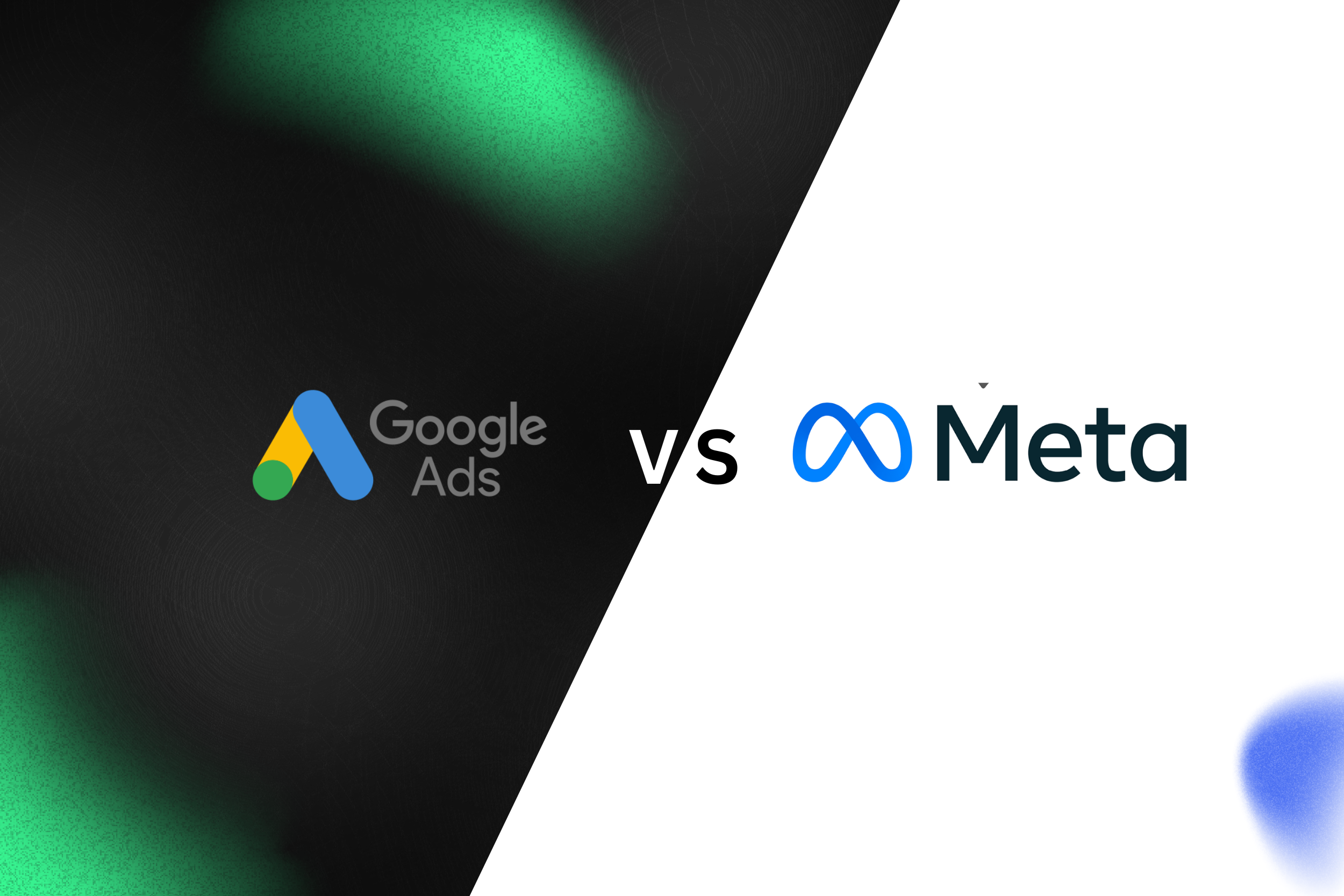
- Approche de Ciblage : Google se concentre sur l'intention de recherche, tandis que Meta privilégie les centres d'intérêt utilisateur.
- Formats Publicitaires Principaux : Google met l'accent sur les annonces textuelles de recherche et display. Meta se centre sur les formats visuels de médias sociaux.
- Structure de Coûts : Le CPC de Google varie selon la concurrence. Le CPC/CPM de Meta est généralement plus faible.
Quelles sont les Alternatives à Google Ads et Meta Ads ?
Au-delà des plateformes principales, plusieurs autres solutions publicitaires répondent aux besoins spécifiques d'industries, de formats ou de confidentialité.
- Blockchain-Ads : Spécialisé dans la finance, la cryptomonnaie, l'iGaming et autres industries hautement réglementées
- LinkedIn Ads : Idéal pour le ciblage B2B, les rôles professionnels et campagnes sectorielles
- TikTok Ads : Performant pour les vidéos courtes et l'engagement Gen Z
- Reddit Ads : Utile pour les communautés de niche et placements de marque contextuels
De nombreuses autres plateformes méritent l'attention des équipes marketing. Chacune possède des capacités uniques adaptées à des cas d'usage, industries et types d'audience spécifiques.
Qualifiez-vous et accédez à Publicités sur la blockchain
Lorem ipsum dolor sit amet, consécrète
Définition rapide

Discutez avec certains de nos partenaires actuels
Voir toutes les histoires de réussite

Atteignez plus de 12 millions
Des utilisateurs Web3 engagés sur plus de 10 000 sites Web et 37 blockchains.






.png)
.avif)

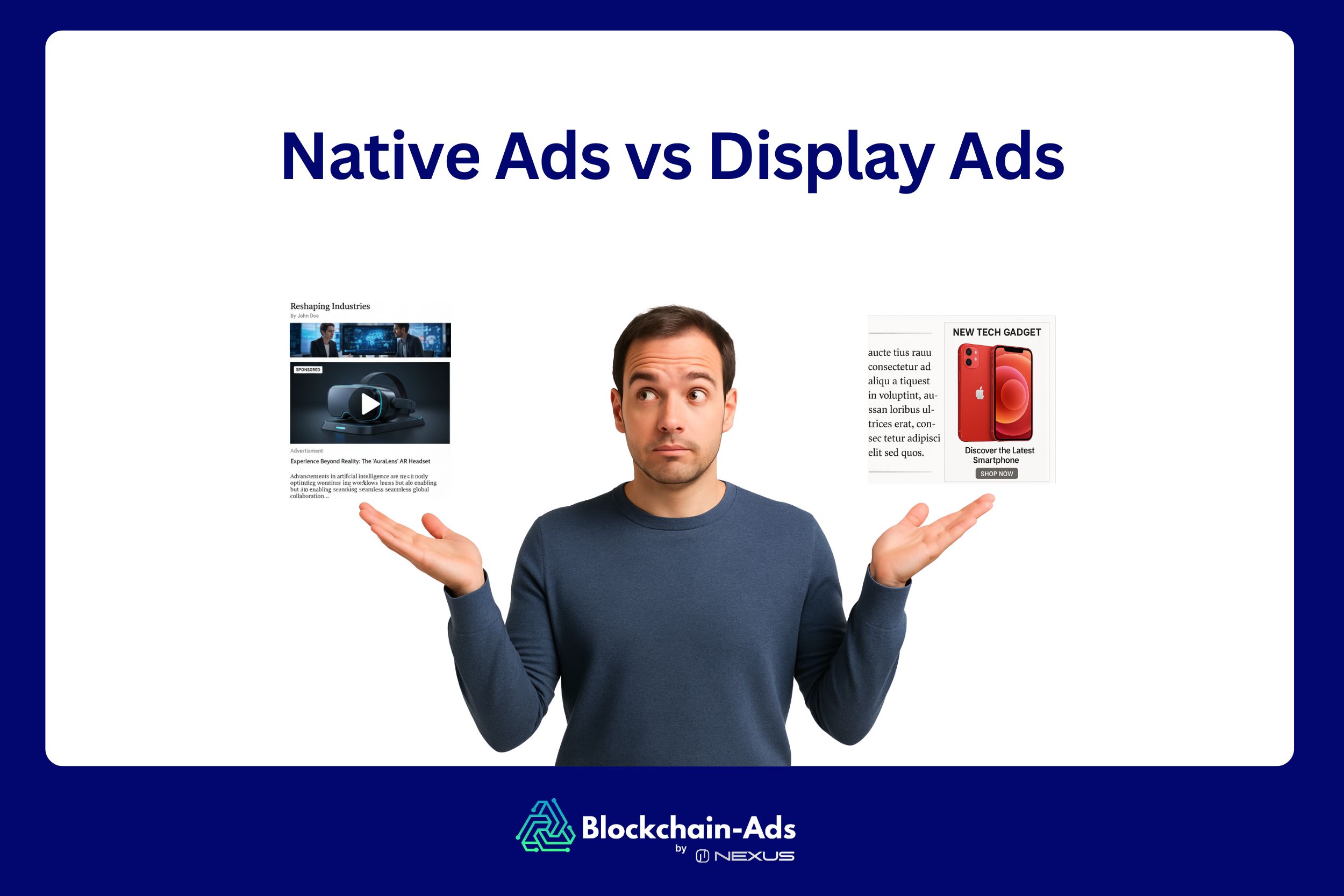
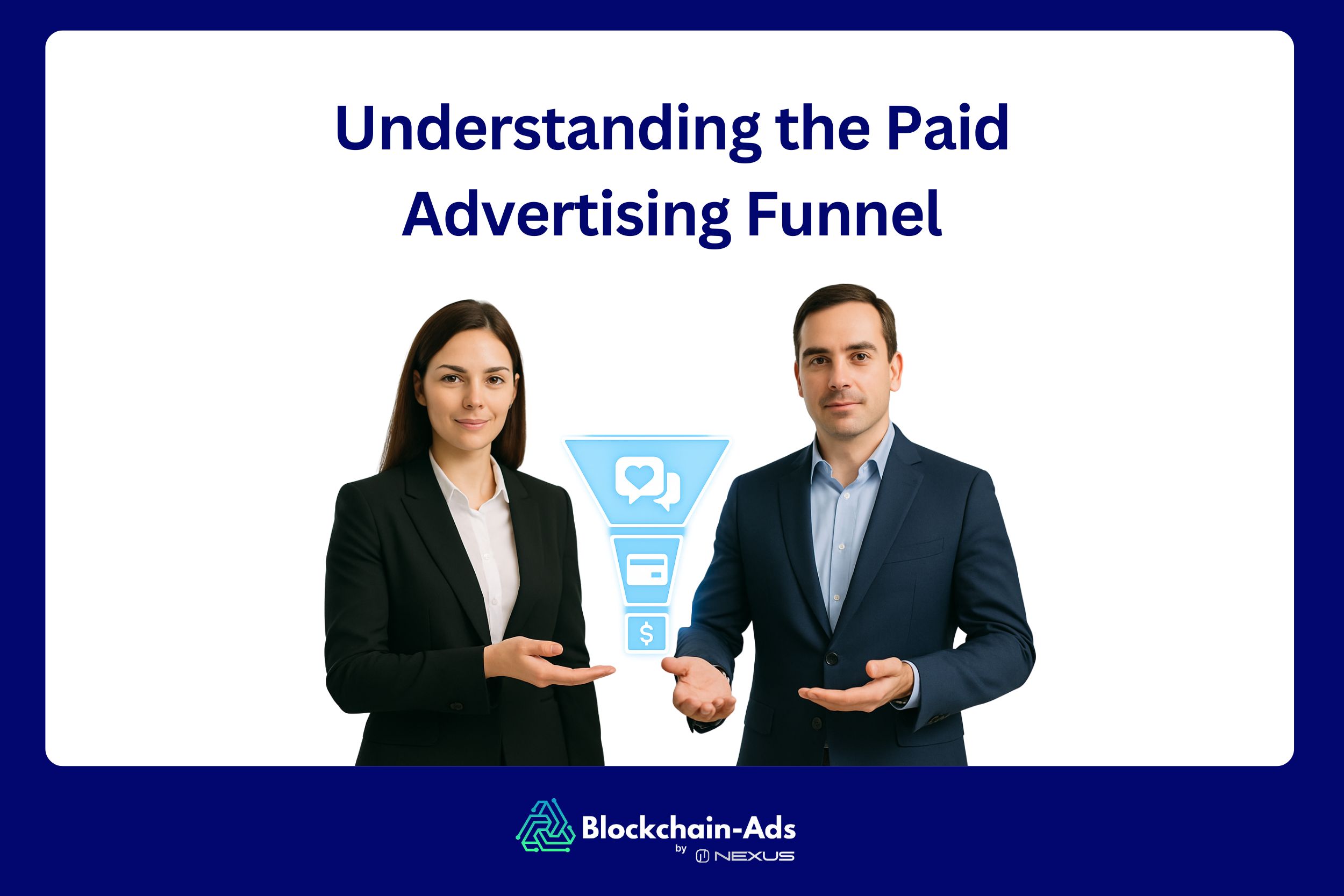
.png)
